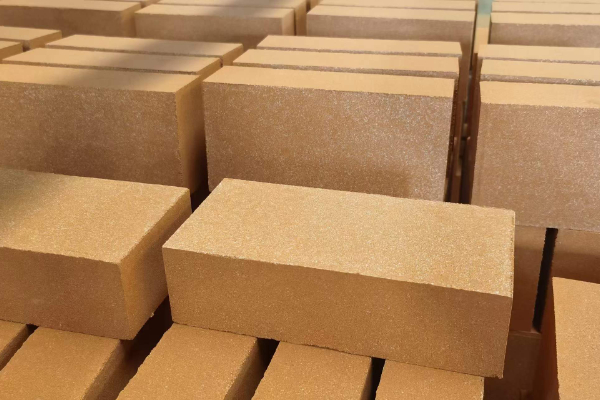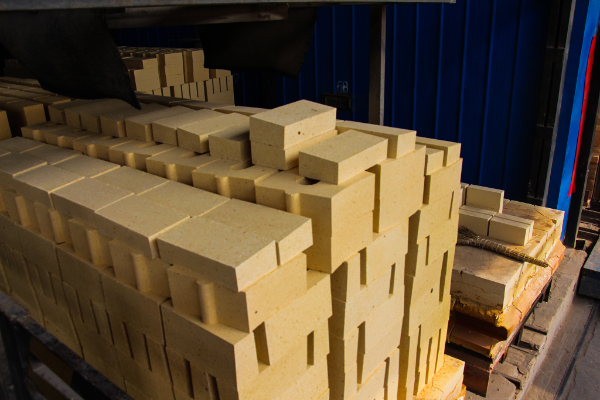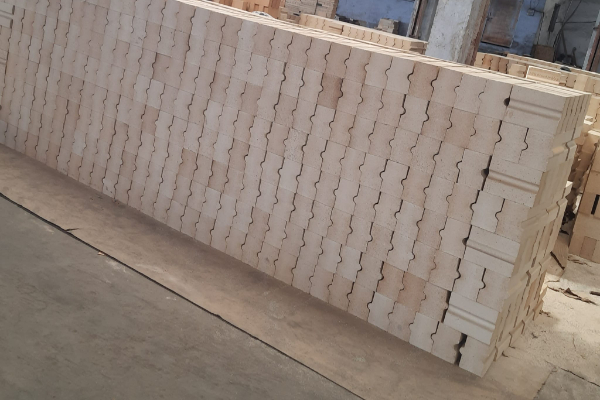What are the mineral composition and characteristics of high alumina fire brick?
High alumina fire brick is a refractory material with excellent performance. It has high fire resistance, good wear resistance, and chemical stability. It is suitable for the construction and repair of various high-temperature industrial furnaces.

Mineral composition of high alumina fire brick
High-alumina fire brick is mainly composed of high-alumina bauxite containing hydrous alumina minerals (monophane, gibbsite, etc.): sillimanite group minerals (including kyanite, andalusite, sillimanite, etc.); Artificial synthetic raw materials, such as industrial alumina, synthetic mullite, fused corundum, etc.

Characteristics of high alumina refractory bricks

- Refractoriness
The refractory resistance of high-alumina bricks is higher than that of clay bricks and semi-silica bricks, reaching 1750~1790℃, a high-grade refractory material.
- Load softening temperature
Because high-aluminum products have high AI203, low impurities, and less fusible glass, the load-softening temperature is higher than that of clay bricks. However, because the mullite crystals do not form a network structure, the load-softening temperature is still not as high as that of silica bricks. - Slag resistance
High alumina bricks contain more AI203, which is close to neutral refractory materials and can resist acidic and alkaline slag erosion. Because it contains Si02, its ability to resist alkaline slag is weaker than that of acidic slag.
 Rongsheng Refractories Factory
Rongsheng Refractories Factory
WeChat
Scan the QR Code with wechat